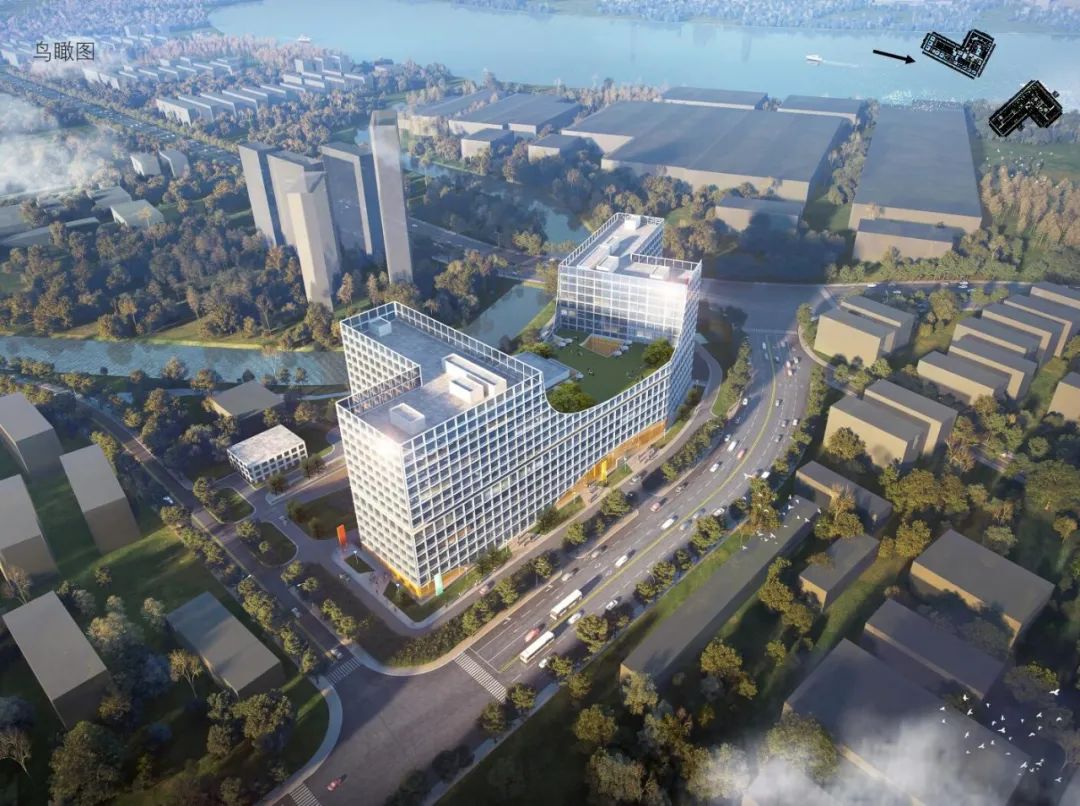In 1882, the first telephone exchange in Shanghai was born here.
Here, you can overlook the scenery of the Pujiang River.
What style is the building? What kind of history has it experienced? Today, let’s take a look at the western style building with brick concrete structure.
The outer wall is covered with smooth stones and forms an architectural appearance dominated by horizontal lines, making the whole building elegant, symmetrical, coordinated and stable.
Opening address: No.
The bottom floor is the bank business hall and the second to fifth floors are office space.
The pen and ink museum is located in Fuzhou Road culture street.
The sandwich plate is used to make the imitation black iron sheet inclined roof, and the outer window is imitation of the tiger window type.
Address: No.
Shanghai pen and ink Museum.
At the same time, the team also carried out anti-corrosion treatment on the wood components of the building, reworked the moisture-proof layer on the stained wall, and added smoke sensing, spraying and other fire-fighting facilities.
The building is in the late French Renaissance style, abandoning the overly complex texture and decoration, simplifying the lines and making it more concise and pure.
In addition, the repair team also enhanced the overall stiffness of the building, which is not only conducive to earthquake resistance but also prevent uneven settlement of the building.
This small museum mainly introduces the history of ink manufacturing and the story of the migration of pen and ink to Shanghai..
The biggest highlight of the building is the black dome roof with Rococo art style designed at both ends of the top, which forms a strong contrast and sharp contrast with the white wall.
After the founding of new China, Shanghai urban traffic administration, Shanghai Public Utilities Bureau, Shanghai Red Cross Society and other government departments successively settled in the building.
This is the earliest self built and operated public telegraph circuit in China and the beginning of Shanghai’s self run telecommunications industry.
Due to historical reasons, the wooden structural members on the top floor of the building have been seriously damaged; The brick wall is in a wet state for a long time, resulting in surface fouling; Some masonry structures are damaged due to building aging, and there are many vertical cracks in the brick wall; The internal structure of the building can not meet the requirements of seismic structure.
After transformation in 1994, the building was used for business.
In December 1881, the 1500 kilometer Tianjin Shanghai telegraph line was officially completed and opened for business.
The Shanghai Federation of trade unions building is the former Bank of communications building, built in 1947, with decorative art style.
Opening hours: every Tuesday to Saturday, 10:30-11:00, 14:00-14:30.
The middle part of the roof (fifth floor) of the building has been added and rebuilt.
Since then, China’s Telegraph industry has entered a new period of vigorous development.
The whole building is divided into three transverse planes of different styles from the first floor to the second floor, from the third floor to the sixth floor and above the seventh floor.
In addition, the main entrance gate and the north gate are designed with cast copper decorative glass doors, and the positions of the two doors and windows on the North facade have been adjusted.
Adhering to the principle of coexistence of protection and authenticity, the repair team replaced the damaged structural components, carried out seismic reinforcement, and carried out decoration design in combination with the original indoor style.
The hall of the building adopts the main colors commonly seen in European styles such as gold, yellow and dark red, mixed with white to make the color look bright and generous.
Among many excellent old buildings on the Bund, there is a building closely related to telegraph, which has witnessed the development process of China’s Telegraph industry from wired to wireless, from manual to automatic.
34, Yan’an East Road, Huangpu District Public: Saturday and Sunday (opening hours of national holidays will be announced separately): 9:30-12:00 a.m, Afternoon: 13:00-16:30 (stop entering the museum at 16:00) group: Tuesday to Friday (the opening hours of national holidays will be announced separately, and an appointment must be made in advance) reservation Tel.: 021-33311122 punch in points around the Shanghai Federation of trade unions.
After the repair, the newly designed gate and the interior decoration design of the building are more coordinated with the historical style.
After the completion of the building, because the users are companies engaged in the telegraph industry, the building will also become a veritable “telegraph office building”.
In 1994, the building underwent protective repair and internal equipment upgrading.
14, Zhongshan East 1st Road, Huangpu District.
In the form of stories, pictures and physical objects, a total of 140 exhibits of 154 model workers, 348 model worker photos and 92 model worker videos are displayed to show the model worker style to visitors.
After entering the 21st century, in order to better protect this excellent historical building and fully tell the history of the development of Shanghai telecom industry, the first to fourth floors of the building were transformed into Shanghai Telecom Museum, which officially opened in June 2010.
The building was built in 1908, with a total of five floors and brick concrete structure, covering an area of 1562 ㎡ and a construction area of about 4060 ㎡.
The exterior facade is repaired with glittering and translucent exterior wall coating, the exterior window of the facade is replaced with black aluminum alloy window according to the original style, the wooden railing is replaced and renovated, and the main facade and entrance of the building are added with stainless steel flagpole and light box.
The earliest city in China to open telegraph business to the public is Shanghai.
The facade of the bottom two floors is covered with stone, and the upper part is uniformly brushed with water.
The first floor is the exhibition hall called “the leader of the times – Shanghai model worker style theme exhibition”.
The biggest highlight of the building is a pair of French Baroque black domes, which sit gracefully on both sides of the top, in sharp contrast to the white mountain flowers.
Among the buildings on the Bund, the building is small but unique.
This has also become the landmark decoration of the building.
The building takes the main gate as the longitudinal axis and forms symmetry on both sides.
Some Celtic patterns, patterns and Viking decorative symbols show strong Nordic color.



